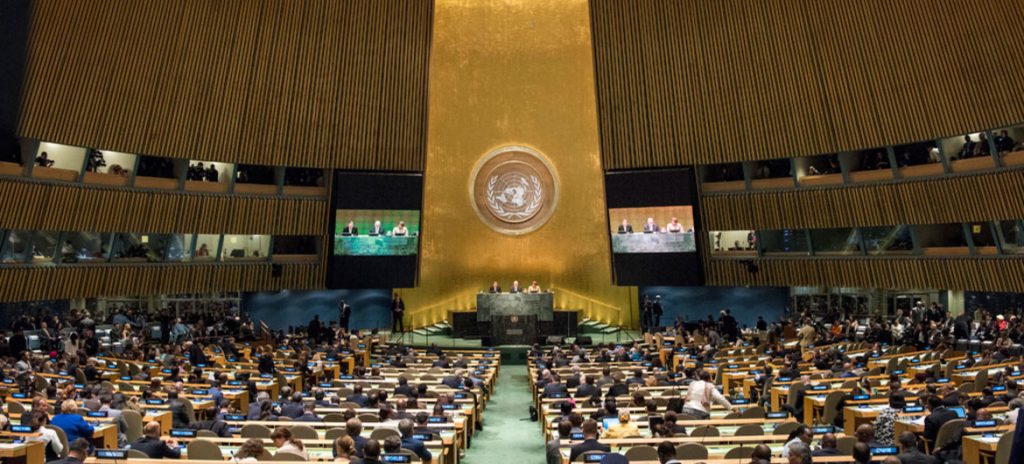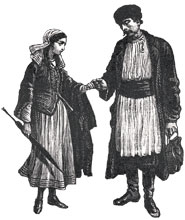Passionnés par la traduction dans toute sa diversité, nous essayons de nous maintenir informés des évolutions du métier et des besoins en traductions. Récemment, nous nous sommes penchés sur les livres traduits dans le plus grand nombre de langues.
Selon le musée de l’Homme à Paris, il existerait 7 000 langues dans le monde, auxquelles s’ajouteraient de milliers de dialectes. Certaines seraient plus utilisées que d’autres puisque 80 % des humains emploient 80 langues et seulement 20 % les milliers autres. Hélas, selon l’UNESCO, la moitié des langues connues aujourd’hui dans le monde, notamment en Amazonie ou en Papouasie-Nouvelle Guinée, pourrait disparaître d’ici la fin du XXIe siècle.
Quel est le livre le plus traduit ?
L’Alliance biblique universelle (ABU), qui se mobilise pour que le plus grand nombre de personnes puissent avoir accès à la Bible dans leur langue maternelle, a publié le 8 mars son Rapport 2017 sur l’accès aux Écritures dans le monde.
Selon ce rapport, à la fin de l’année 2017, 674 langues, y compris le klinglon, la langue de Star Trek, disposaient de la Bible intégrale, soit 49 de plus que les années précédentes.
Tandis que selon le Haut-Commissariat des Nations Unies aux droits de l’homme (HCDH), la Déclaration universelle des droits de l’homme est désormais disponible en plus de 500 langues avec l’ajout en 2016 du quechua du nord de la Bolivie.

De son côté, l’UNESCO dispose d’une base de données en ligne, appelée « Index Translationum« . Cette base de données créée en 1932 indique une liste de tous les livres traduits dans le monde entier. Agatha Christie (7 233 traductions), Jules Verne (4 751 traductions) et William Shakespeare (4 293 traductions) sont les trois plus grands auteurs traduits selon les statistiques de traduction récentes.
D’autres chiffres intéressants suivront…


